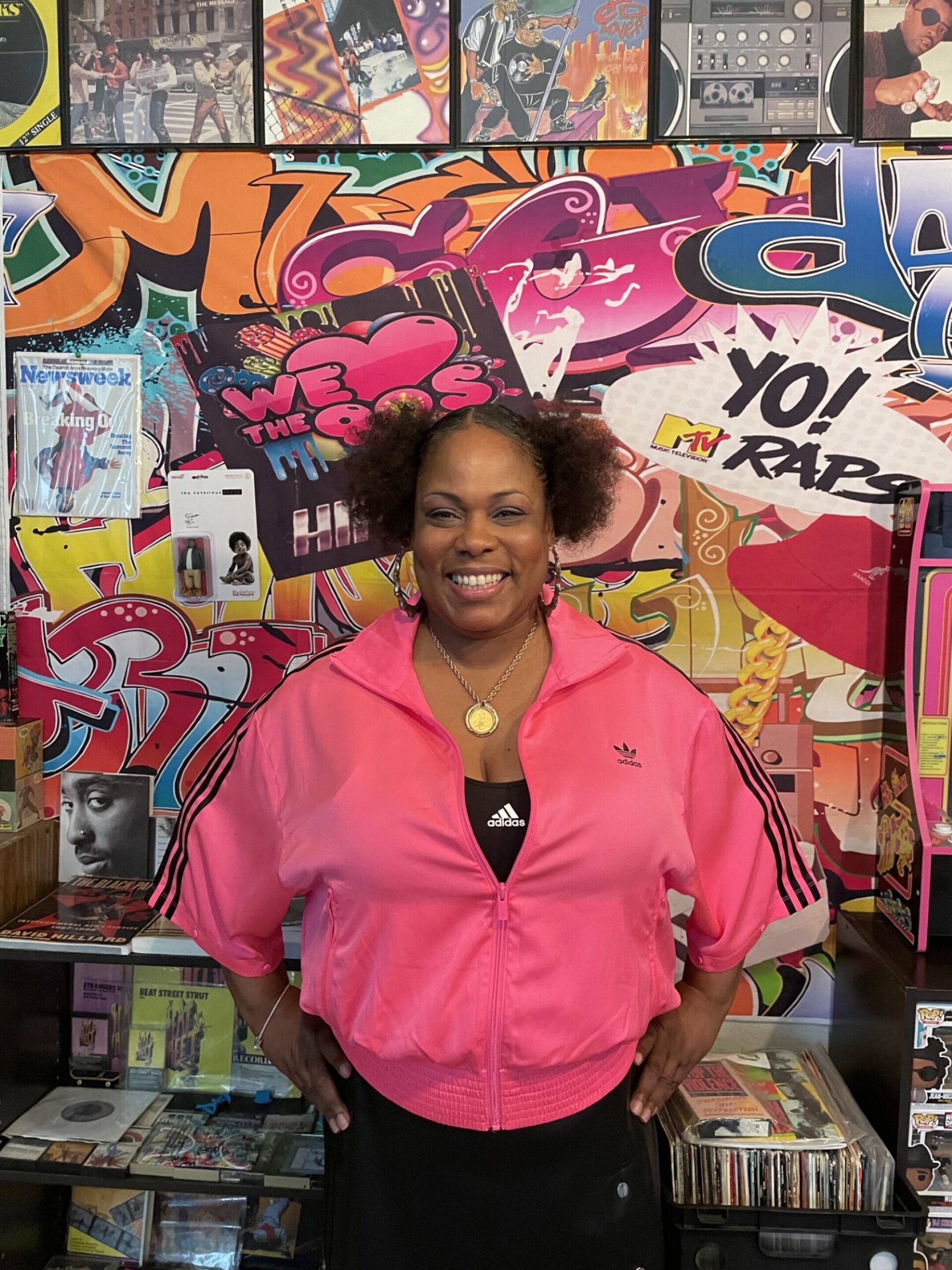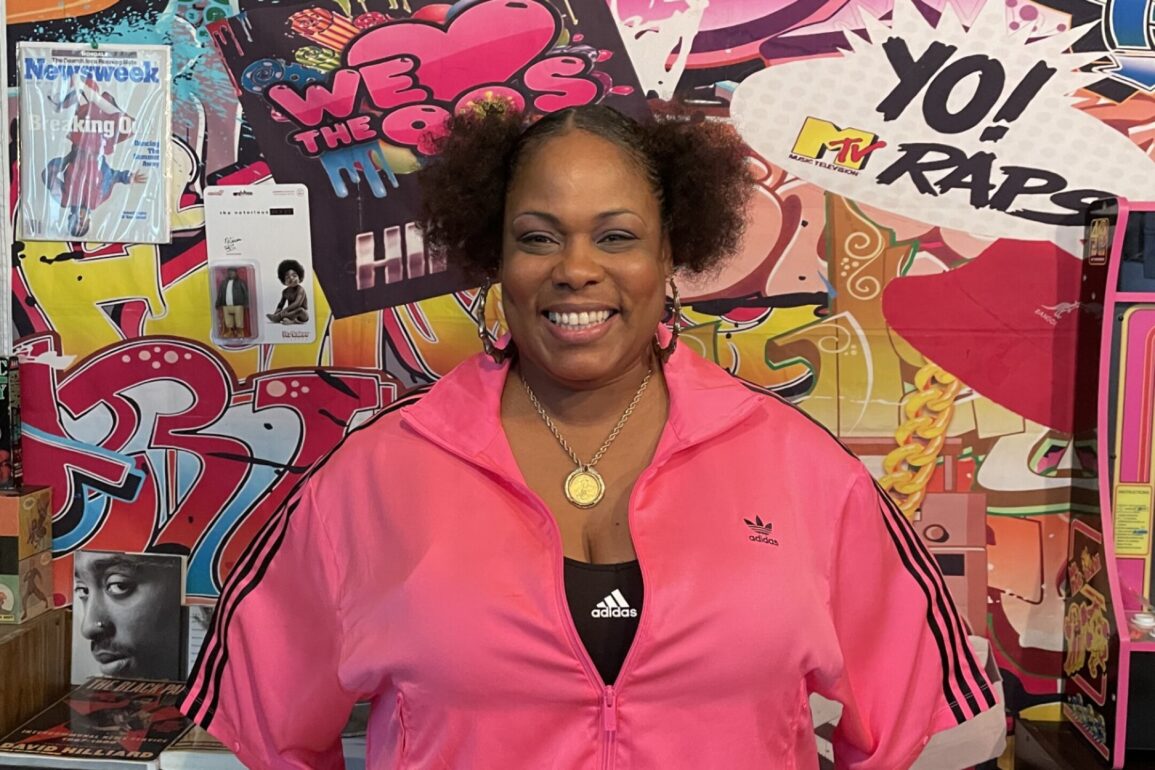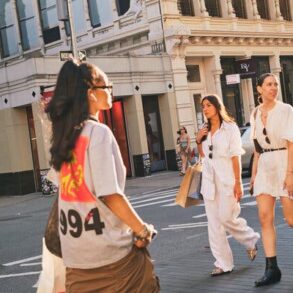Antonia Anderson is the founder and curator of the Milwaukee Hip-Hop Museum. She said she started the project in 2019 during the COVID-19 pandemic.
Anderson said she first fell in love with hip-hop around 1986, “when they were playing like Public Enemy, KRS-One, Stop the Violence movement, Doug E. Fresh.”
She works for Milwaukee Public Schools and believes that hip-hop can help children with critical thinking, writing skills, and being more productive in the community. Her home is filled with everything from turntables to images of individuals who serve as pioneers like Afrika Bambaataa and DJ Kool Herc.
 Scripps News Milwaukee
Scripps News Milwaukee
“This is actually like a magazine photo of when [DJ Kool Herc] first started and had a party for his sister Brenda, which became like one of the most famous parties,” said Anderson. “Hip-hop was born, yes!”
It helped kickstart the massive cultural force that has since become a lifestyle for millions across the globe from music to dancing to fashion.
“If it wasn’t for Dapper Dan and Gucci and all the creative things … he really put a different twist on fashion,” Anderson said.
But it’s no secret that hip-hop is really about attitude and being creative, whether it’s Run-D.M.C. rapping about their Adidas with no laces or the strong lyrics in Grandmaster Flash and the Furious Five’s “The Message.”
“Over here, I have my vinyl album collections. I know you know that in 2024 they’re going to have break dancing in the Olympics,” Anderson said.
Graffiti and break dancing were the aspects of the culture that first caught the public’s attention. Scripps News correspondent Andrea Williams described the museum as feeling like a kid in a candy store.
“The memories of growing up with hip-hop and then to walk into your museum, it all comes flooding back and it’s just so much fun,” Williams said. “We have Salt-N-Pepa, Whitney Houston, TLC, Aaliyah, just a little bit of everybody.”
Whether it’s action figures, cassette tapes, magazines or clothing, Anderson has it all. It’s a reminder of hip-hop’s impact on everything from electronics to automobiles and even television.
Anderson plans to continue traveling around the city and the country sharing her wisdom of hip-hop and the global impact that it’s had. She also plans to continue growing her collection, which will help spread the knowledge for generations to come.
This story was originally published by Andrea Williams at Scripps News Milwaukee.








